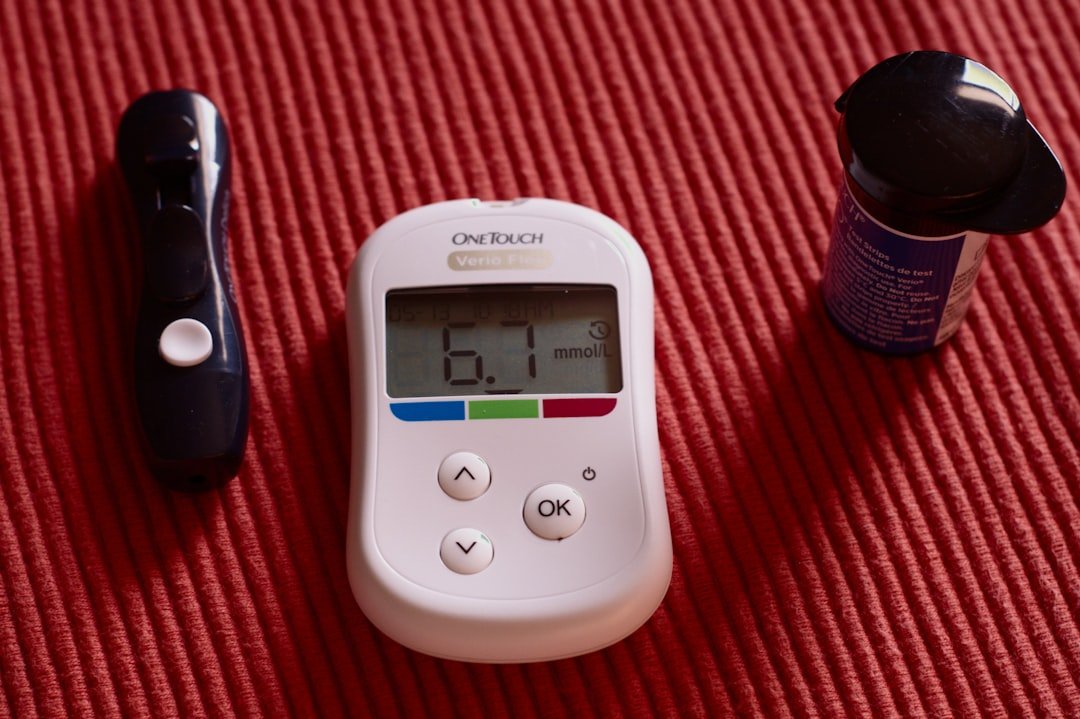Recognizing Decibel Levels & How They Affect Hearing Decibel levels are an essential indicator of sound intensity. A tenfold increase in sound intensity is represented by a mere 10 dB increase because the decibel (dB) scale is logarithmic. Everyday experiences expose people to a wide range of decibel levels, from the quiet rustle of leaves to the loud roar of a jet engine. This scale goes from the faintest sounds that the human ear can detect, about 0 dB, to sounds that can cause immediate harm, exceeding 120 d. Recognizing possible threats to hearing health requires an understanding of these levels. Decibel levels are important for reasons other than just numbers; they capture the soundscape in which people live and work.
Key Takeaways
- Decibel levels measure the intensity of sound and can have a significant impact on hearing health.
- Prolonged exposure to high decibel levels can lead to hearing loss and other health issues.
- Common sources of high decibel levels include concerts, construction sites, and loud machinery.
- Health risks associated with prolonged exposure to high decibel levels include hearing loss, tinnitus, and increased stress levels.
- Protect your hearing by using ear protection, taking breaks from loud environments, and getting regular hearing check-ups.
It’s common for people to be unaware of the sounds around them or how they might affect their hearing. For example, a lawnmower can reach noise levels of 90 dB, whereas a conversation usually takes place at about 60 dB. This discrepancy emphasizes how important it is to be aware of everyday sound exposure. Understanding decibel levels and how they affect hearing health is more important than ever as society grows more technologically advanced & urbanized. Because of its exceptional sensitivity, the human ear can pick up a variety of sounds.
But because of its sensitivity, it can also be harmed by prolonged exposure to loud noises. People who are exposed to sounds higher than 85 dB for long periods of time may start to lose their hearing. Rather than having an instant effect on hearing, high decibel levels frequently build up over time & cause auditory function to gradually deteriorate. This condition is called noise-induced hearing loss (NIHL), and it has the potential to be irreversible and permanent. Also, not everyone is affected in the same way by high decibel levels.
The way a person’s hearing reacts to loud noises can be influenced by a number of factors, including age, genetic predisposition, and current medical conditions. While older adults may already have some hearing loss, younger people may have more resilient hearing. Also, prolonged exposure to high decibel levels can worsen pre-existing conditions, so everyone should be mindful of their auditory environment & take preventative action to preserve their hearing. There are many different types of environments, including both work and leisure settings, with high decibel levels.
| Decibel Level | Sound | Effect on Hearing |
|---|---|---|
| 30 dB | Whisper | Just Audible |
| 60 dB | Normal Conversation | Safe |
| 85 dB | Heavy Traffic | Prolonged exposure may cause hearing damage |
| 100 dB | Concerts, Motorcycles | Hearing damage after 15 minutes of exposure |
| 120 dB | Airplane Takeoff | Immediate hearing damage |
Drills, compressors, and heavy machinery frequently generate noise levels above 90 d in industrial settings. Construction sites are notoriously noisy, with noises from bulldozers and jackhammers creating an atmosphere where extended exposure can cause serious hearing damage. Similarly, during recordings or performances, many occupations in the entertainment sector, including musicians and sound engineers, regularly deal with high decibel levels.
Recreational pursuits can also be harmful to one’s hearing. Sporting events and concerts can have sound levels of 100 dB or higher, which can be thrilling but also dangerous for the hearing of those in attendance. Cumulative noise exposure can be caused by even commonplace activities like using power tools or loudly listening to music through headphones. People need to be more aware of these typical causes of high decibel levels and take the necessary safety measures as technology and lifestyles change.
Long-term high decibel exposure poses more health risks than just hearing loss. Tinnitus, a disorder that causes ringing or buzzing in the ears, can be debilitating and upsetting for some people. Tinnitus frequently coexists with noise-induced hearing loss and can have a major negative influence on quality of life by disrupting sleep and concentration. Because of the body’s heightened sensitivity to noise, prolonged exposure to loud noises has also been connected to elevated stress, anxiety, & even cardiovascular problems. Apart from the psychological and physiological impacts, excessive noise levels can also hinder social interactions and communication.
Feelings of loneliness and annoyance can result from people with hearing loss finding it difficult to participate in conversations or enjoy social events. This social component emphasizes how crucial it is to address noise exposure for both personal health and the welfare of the community. Promoting preventative actions in both private and public domains requires an understanding of the complex health hazards connected to high decibel levels. A combination of proactive measures & awareness is needed to protect one’s hearing from high decibel levels.
Wearing earmuffs or earplugs, or other hearing protection equipment, in noisy situations is one efficient strategy. These gadgets can help stop noise-induced hearing loss & drastically lower sound levels. It is imperative that people who attend loud events or work in noisy occupations give priority to using these safety precautions. In addition to wearing protective equipment, people can modify their lifestyles to support improved hearing health.
Reducing the amount of time spent in noisy settings is essential; regular breaks from noise can lessen its damaging effects on hearing. It’s also critical to be aware of personal audio devices; using noise-canceling headphones and maintaining safe volume levels (usually under 60%) can help lessen the temptation to turn up the volume in noisy environments. People can significantly improve their auditory health by putting these strategies into practice. Maintaining auditory health and spotting possible problems early on depend heavily on routine hearing exams.
Regular screenings can help identify issues before they worsen. Many people may not become aware that they have hearing loss until it has advanced considerably. Until the age of fifty, auditors advise adults to have their hearing evaluated at least once every ten years. Depending on their unique risk factors, more frequent evaluations may then be required.
In addition to evaluating present hearing capacity, these examinations offer a chance to educate patients about noise exposure and its impact on hearing health. Depending on lifestyle and work-related factors, audiologists can provide tailored advice on hearing protection. By making routine examinations a priority, people can keep up with their auditory health and take preventative action to stop additional harm. Legislative restrictions on decibel levels are crucial for shielding the public & employees from excessive noise exposure. Guidelines that specify acceptable noise levels in workplaces have been established by a number of organizations, including the Occupational Safety and Health Administration (OSHA) in the US.
For example, when noise exposure surpasses 85 decibels during an eight-hour workday, OSHA requires employers to take steps, such as offering hearing protection and carrying out routine monitoring. Local governments frequently enact noise ordinances in public places that limit noise levels during particular times of day or in specified locations. The purpose of these rules is to strike a balance between the rights of individuals to quiet and the enjoyment of the community.
In order to create spaces where people can live and work without being negatively impacted by excessive noise, adherence to these standards is essential. People can defend their rights regarding noise exposure in public and professional settings by being aware of these legal frameworks. In conclusion, promoting auditory health in the noisy world of today requires an understanding of decibel levels and how they affect hearing. People must be careful about how much loud noise they are exposed to because both work and leisure activities are common sources of high decibel levels. Prolonged exposure poses serious health risks that impact not only hearing but also general wellbeing.
People can take proactive measures to protect their hearing health by prioritizing routine check-ups, making use of hearing protection devices, & limiting their exposure to noisy environments. Also, being aware of the laws governing noise levels can enable people to promote safer listening spaces in their local communities. These actions will ultimately lead to a healthier future where people can appreciate sound without endangering their hearing.



